1-1 Discussion What Is a Myth PDF

| Title | 1-1 Discussion What Is a Myth |
|---|---|
| Author | Nicole Rancour |
| Course | World Mythology |
| Institution | Southern New Hampshire University |
| Pages | 2 |
| File Size | 77.2 KB |
| File Type | |
| Total Downloads | 59 |
| Total Views | 153 |
Summary
Download 1-1 Discussion What Is a Myth PDF
Description
Most people have a concept of the word “myth” and what it means. Think about what you read in an Introduction to Mythology: Contemporary Approaches to Classical and World Myths. Now it is your turn to discuss your concept of myths. In the discussion forum, answer the following:
Fairy tales are modern myths and are often adaptations of older myths. How do fairy tales share aspects of myth as discussed in the text?
How do you see archetypes applied in the modern world? Support your answer with relevant resources. You may use APA or MLA format to cite your sources. Be sure to cite all sources, including the text.
In response to your peers, think about their initial post. Do you agree with their concept of a myth? What else should they consider?
1.1 Discussion: What Is a Myth? Fairy tales could be considered modern myths because a myth is a type of story. A fairy tale is made of a make believe story, and some of them we do not really know where they originated from, which is very similar to the description of a myth. A myth does not follow scientific standards, and usually has a theme and represents values that go beyond our own entertainment (Thury, Devinney, 2005). Fairy tales can also contain themes and lessons within them, and do not always follow the standards of science. They can also reflect on personal lives, which is where the archetypes come in. Especially within self; personal and unconscious archetypes can be applied to fairy tales and myths, which allow us to make a connection. A fairy tale in particular that has aspects of a myth would be Rumpelstiltskin. Spinning straw into gold defies science, and the lesson is that no amount of gold will make you happy in the end. The theme is greed, and it never pays to act that way in the end. We can draw these patterns and connections and apply them to the modern world. These archetypes are developed without us realizing it, and it allows us to take a step back and view what is going on around us and reflect on our own personal values and experiences (Thury, Devinny, 2005). I see this happen often in my own life, and especially in the writing world. People take values and concepts from stories and reflect them back out into the world around them. Same with the fairy tale Rumpelstiltskin, the lesson you can take from that story is that
gold and riches should not matter, in the end it is the people around you who are important. And being greedy could potentially affect those around you.
References Thury, E. M., & Devinney, M. K. (2005). Introduction to Mythology: Contemporary Approaches to Classical and World Myths (4th ed.). New York: Oxford University Press.
Angel, I remember reading some of the different variations of Cinderella that you mentioned! It’s very interesting to see the same story be told in different versions and even cultures. I like the way that you describe archetypes, and I agree, many people do not think about the origins of things or why things are the way they are. My one question for you is that do you think myths and fairy tales are solely for the purpose of entertainment? In my opinion there are many lessons and life values that can be taken from both fairy tales and myths! Nice post, Nikki Cheyenne, Hercules also crossed my mind a few times during the reading. My brother had told me about the Greek myth and it blew my mind how different the Disney version was. I like your real life examples of archetypes, but I think that is why we need fairy tales and myths. Some people do not see them, or apply the values that can be taken from these archetypes. Fairy tales and myths can be a way of boosting those messages. Nice work, Nikki...
Similar Free PDFs

1-1 Discussion What Is a Myth
- 2 Pages

What is a myth and chronology
- 2 Pages

Is the Gaydar a myth
- 8 Pages
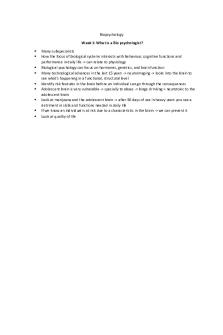
What is a Biopsychologist
- 1 Pages

Is retail online and offline a myth
- 12 Pages
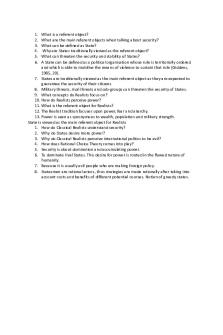
What is a referent object
- 1 Pages

What is a social fact
- 2 Pages

What is ABA - Grade: A
- 5 Pages

What is race - Grade: A
- 1 Pages
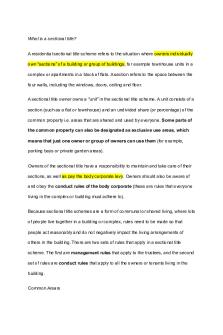
What is a sectional title
- 4 Pages

What is a summary judgement
- 5 Pages

What is a product - lecture
- 4 Pages
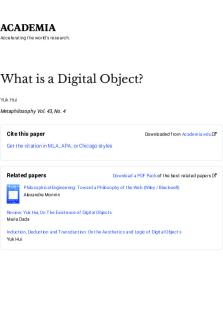
What is a Digital Object?
- 17 Pages

What is a ketogenic diet
- 2 Pages
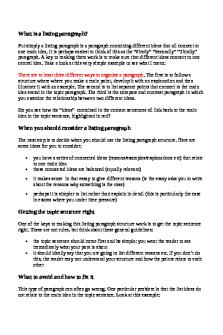
What is a listing paragraph
- 14 Pages
Popular Institutions
- Tinajero National High School - Annex
- Politeknik Caltex Riau
- Yokohama City University
- SGT University
- University of Al-Qadisiyah
- Divine Word College of Vigan
- Techniek College Rotterdam
- Universidade de Santiago
- Universiti Teknologi MARA Cawangan Johor Kampus Pasir Gudang
- Poltekkes Kemenkes Yogyakarta
- Baguio City National High School
- Colegio san marcos
- preparatoria uno
- Centro de Bachillerato Tecnológico Industrial y de Servicios No. 107
- Dalian Maritime University
- Quang Trung Secondary School
- Colegio Tecnológico en Informática
- Corporación Regional de Educación Superior
- Grupo CEDVA
- Dar Al Uloom University
- Centro de Estudios Preuniversitarios de la Universidad Nacional de Ingeniería
- 上智大学
- Aakash International School, Nuna Majara
- San Felipe Neri Catholic School
- Kang Chiao International School - New Taipei City
- Misamis Occidental National High School
- Institución Educativa Escuela Normal Juan Ladrilleros
- Kolehiyo ng Pantukan
- Batanes State College
- Instituto Continental
- Sekolah Menengah Kejuruan Kesehatan Kaltara (Tarakan)
- Colegio de La Inmaculada Concepcion - Cebu
